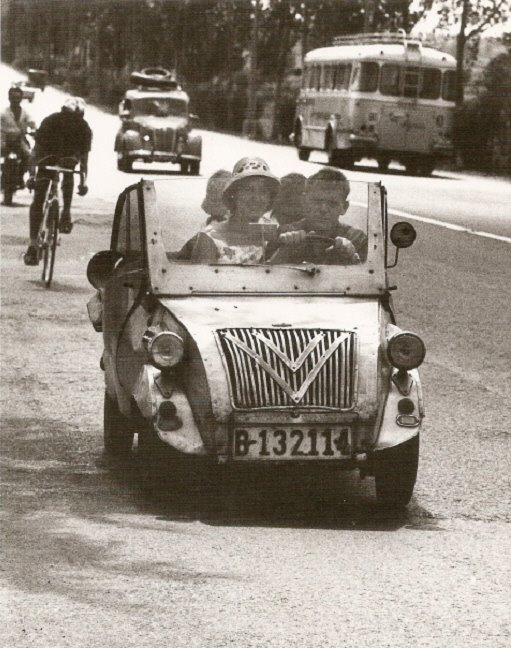Xavier Miserachs is one of the quintessential Spanish photographers from the 60’s generation in Barcelona. Born in Barcelona in 1937, during his medical studies, he became interested in photography.
He was one of the essential Spanish photographers among Oriol Maspons, Leopoldo Pomes and Ramon Masats who developed and promoted a new photographic style.
Miserachs was initially a street photographer who had captured the life and ambiance on Barcelona streets during the 60’s.
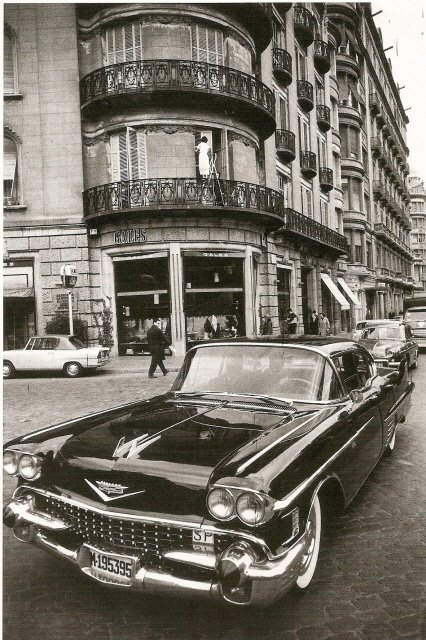
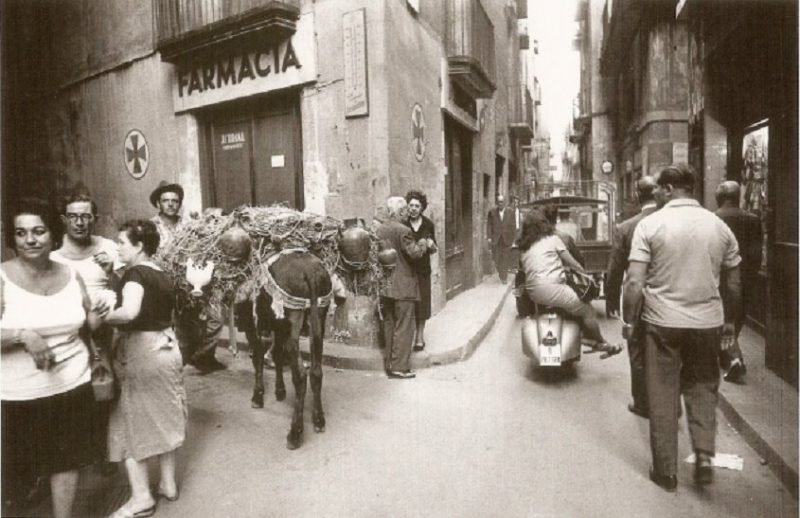
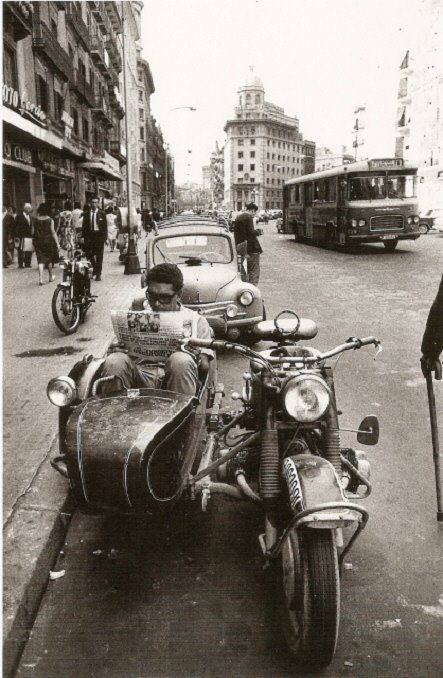
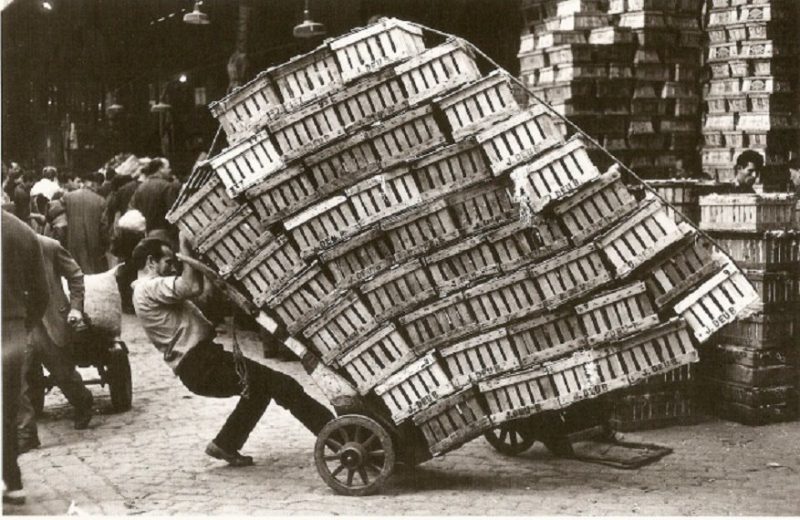
The history of Barcelona stretches back well over 2000 years to its origins as an Iberian village named Barkeno. Its easily defensible location on the coastal plain between the Collserola ridge (512 m) and theMediterranean sea, the coastal route between central Europe and the rest of the Iberian peninsula, has ensured its continued importance, if not always preeminence, throughout the ages.
Barcelona is currently a city of 1,620,943, the second largest in Spain, and the capital of the autonomous community of Catalonia. Its wider urban region is home to three-quarters of the population of Catalonia and one-eighth of that of Spain.
During the 60s, Spain was under the dictatorship of Francisco Franco. The resistance of Barcelona to Franco’s coup d’état was to have lasting effects after the defeat of the Republican government. The autonomous institutions of Catalonia were abolished and the use of the Catalan language in public life was suppressed and forbidden, although its use was not formally illegalised as often claimed. Barcelona remained the second largest city in Spain, at the heart of a region which was relatively industrialised and prosperous, despite the devastation of the civil war.
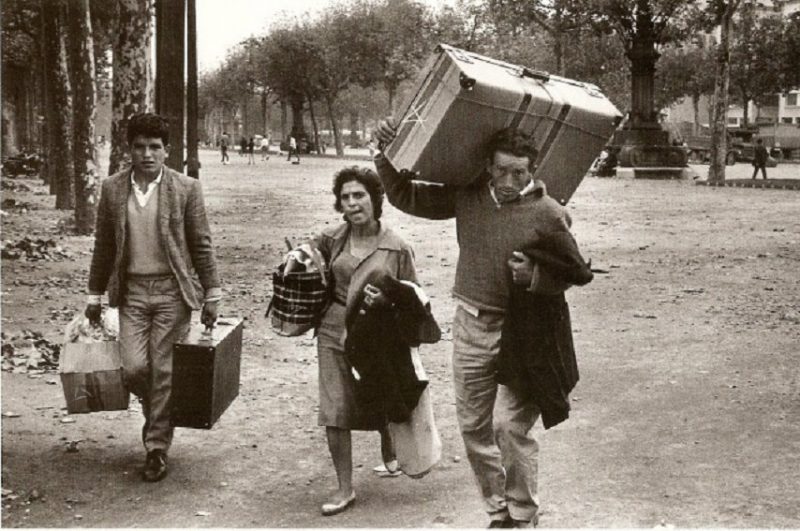
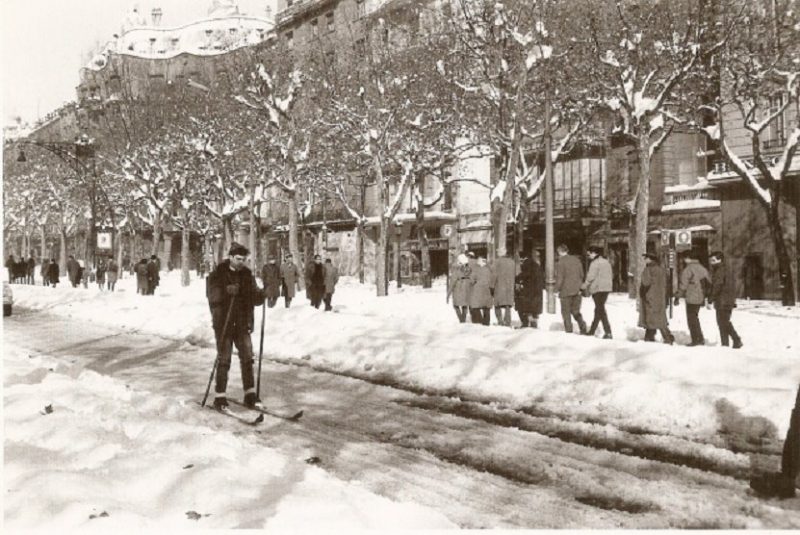
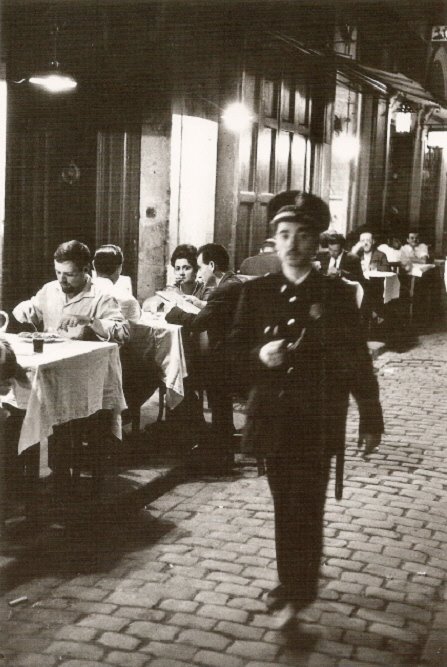
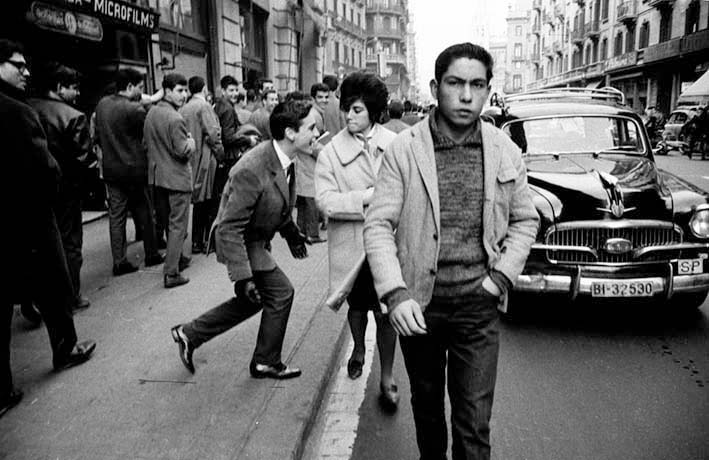
The result was a large-scale immigration from poorer regions of Spain (particularly Andalucia, Murcia and Galicia), which in turn led to rapid urbanisation. The district of Congrés was developed for the International Eucharistic Congress in 1952,while the districts of El Carmel, Nou Barris, El Verdum and Guinardó were developed later in the same decade.Barcelona’s suburbs, such as L’Hospitalet de Llobregat, Bellvitge, Santa Coloma de Gramenet, Sant Adrià de Besòs, and Badalona, also saw a dramatic population increase over a single decade.
The increase in the population led to the development of the metro network, the tarmacking of the city streets, the installation of traffic lights and the construction of the first rondas or ringroads. The provision of running water, electricity and street lighting also had to be vastly improved, if not always fast enough to keep pace with the rising population.
The massive immigration not only left a city which was extremely densely populated (1,557,863 inhabitants, 15,517 per km², in 1970), often housed in very poor quality accommodation, but also contributed to the decline of the specifically Catalan culture of Barcelona. While the use of Catalan in private was tolerated in the later years of the dictatorship, the immigrants to Barcelona spoke only Spanish. Catalan-language education was unavailable, even if there had been any social pressure to learn the local language (which was far from the case in urban areas
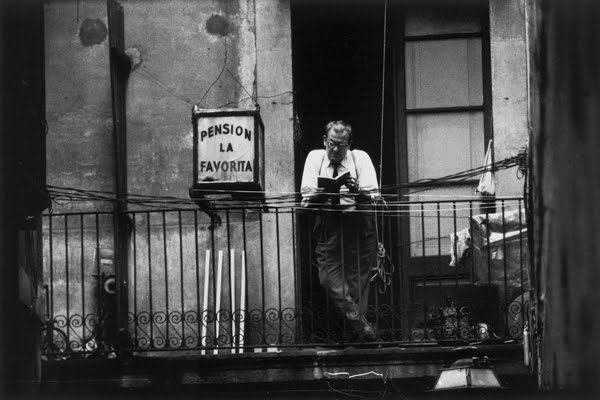
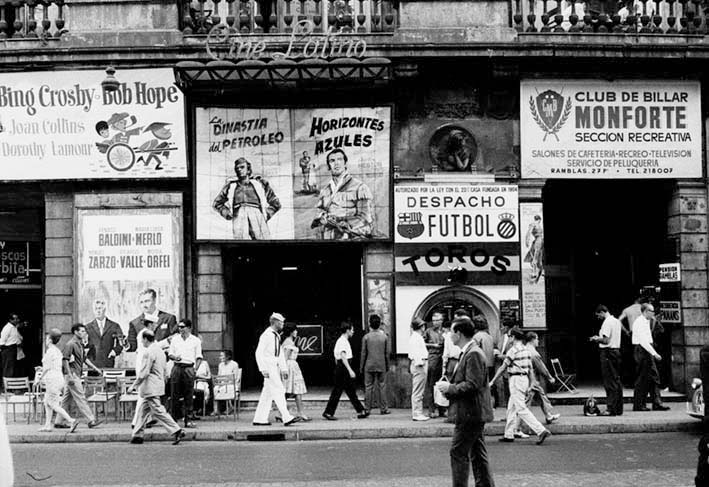
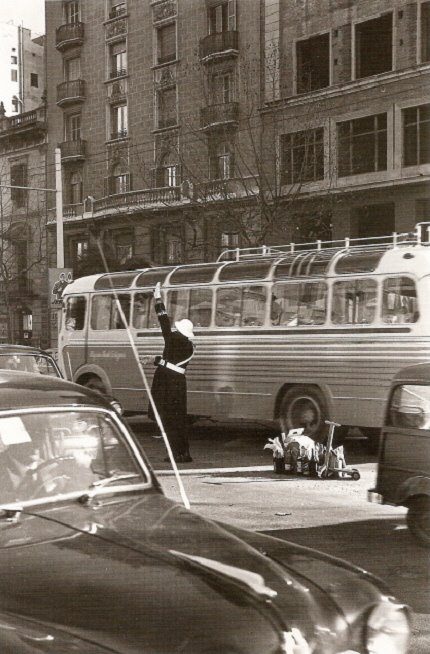
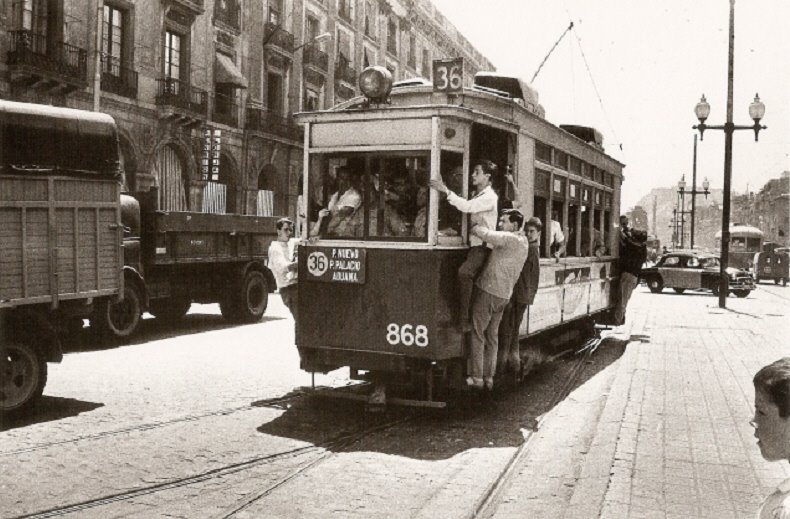
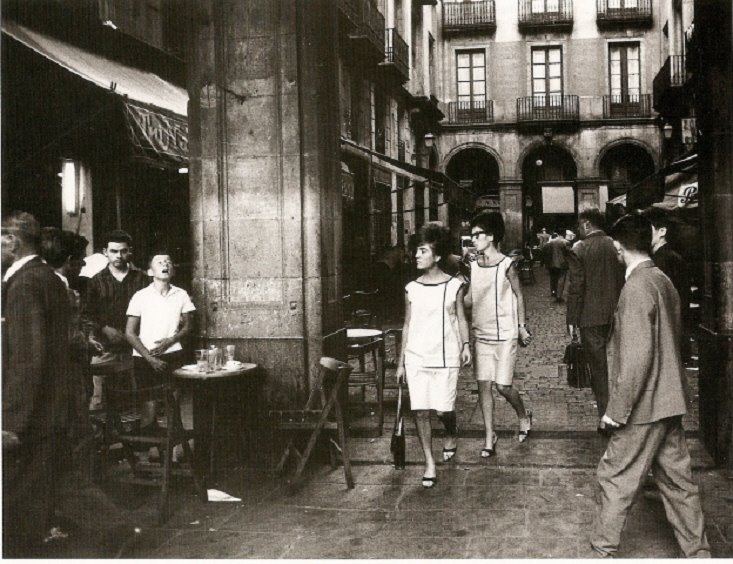
Want articles by The Vintage News delivered straight to your inbox? Subscribe to our weekly newsletter!
